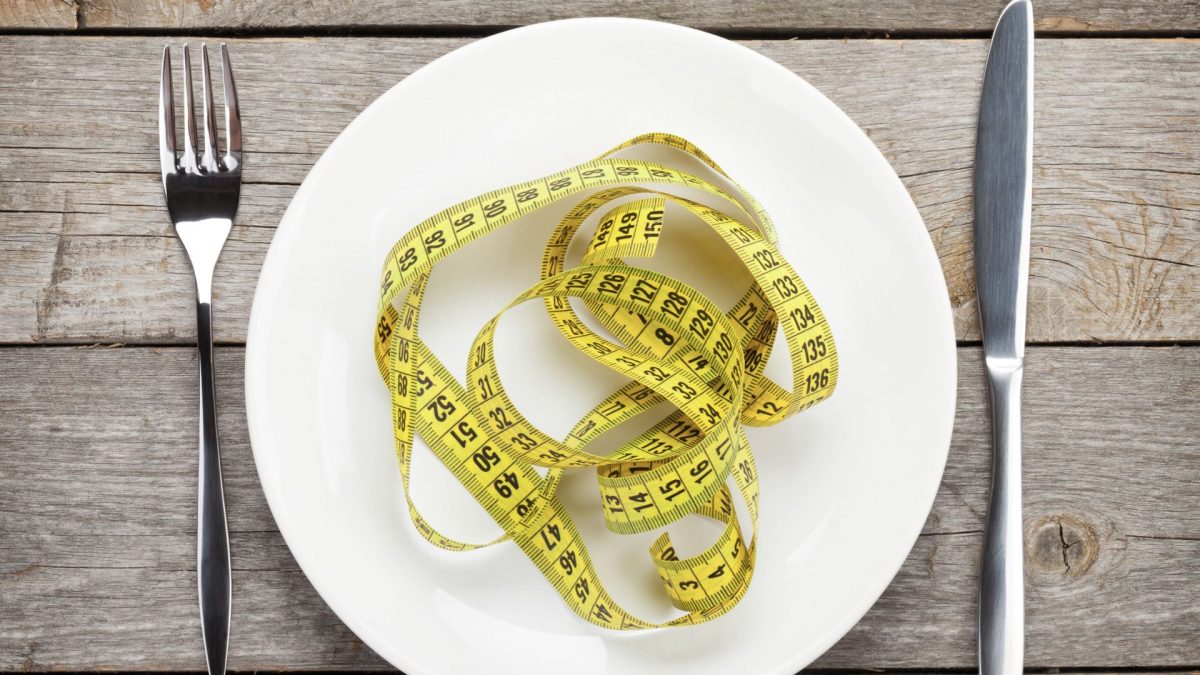Every month seems to bring a trendy new diet or weight loss fad—and yet obesity rates continue to rise, and with it a growing number of diseases and health problems.
Is A Whole Food Plant-based Diet Good For Weight Loss?
The dividing line between weight loss-promoting, health-promoting, and disease-promoting foods may be less plant- versus animal-sourced foods and more whole plant foods versus most everything else.
The largest study ever to compare the obesity rates of those eating plant-based diets was published in North America.
- Meat eaters topped the charts with an average body mass index (BMI) of 28.8—close to being obese.
- Flexitarians (people who ate meat more on a weekly basis rather than daily) did better at a BMI of 27.3, but were still overweight.
- With a BMI of 26.3, pesco-vegetarians (people who avoid all meat except fish) did better still.
- Even U.S. vegetarians tend to be marginally overweight, coming in at 25.7.
- The only dietary group found to be of ideal weight were those eating strictly plant-based (the “vegans”), whose BMI averaged 23.6.
Why Am I Not Losing Weight On A Whole Foods Plant-based Diet?
Three primary factors may be frustrating your attempts at weight loss even while on a whole foods, plant-based diet: evolutionary hard-wiring, metabolic adaptations, and calorie density. Let me break them down for you.
Evolutionary Hard-Wiring
We evolved over millions of years to survive scarcity, and those compensatory survival mechanisms our body uses to defend against weight loss have been hard-wired into us. So, when we start losing weight, we may unconsciously begin to move less as a “behavioral adaptation” to conserve energy.
Metabolic Adaptations
Those can come into play, too, when our metabolism slows down. In fact, every pound of weight loss may reduce our resting metabolic rate by seven calories a day. This may only translate to a few percent differences for most, but it can rapidly snowball for those who achieve massive weight loss. Learn more about this and what you can do about it from my video The Reason Weight Loss Plateaus When You Diet.
Calorie Density
Quite simply, you may be eating entirely plant-based whole foods, but they may be too high on the calorie density scale. Make sure you’ve cut out added fats and oils. Does it matter if you eat or drink your calories? Well, keep in mind that smoothies that can put a lot of nutrients into a glass, but usually calories will come along, too, so eat foods that cause you to spend lots of time chewing. Check out my article How to Lose Weight Eating More Food for more information.
What To Eat, Limit, And Avoid On A WFPB Diet?
What To Eat On a WFPB Diet?
Maximize unprocessed plant foods – closest to how they come in nature. For example, whole grains, beans and legumes, nuts, seeds, fruits, vegetables, as well as herbs and spices.
What To Limit On a WFPB Diet?
Minimize processed plant foods and unprocessed animal foods. For example, bread and steak.
What To Cut Out On a WFPB Diet?
Avoid ultra-processed foods and processed animal foods. For example, cookies, chips, candy, soda, hot dogs, bacon, lunch meat, sausages, and oil.
Check out how I visualize this concept as a traffic light system.
Conclusion
I invite you to watch my recent live presentation, Evidence-Based Weight Loss, where I offer an overview of the key ingredients for weight loss, the topic of my book How Not to Diet.
